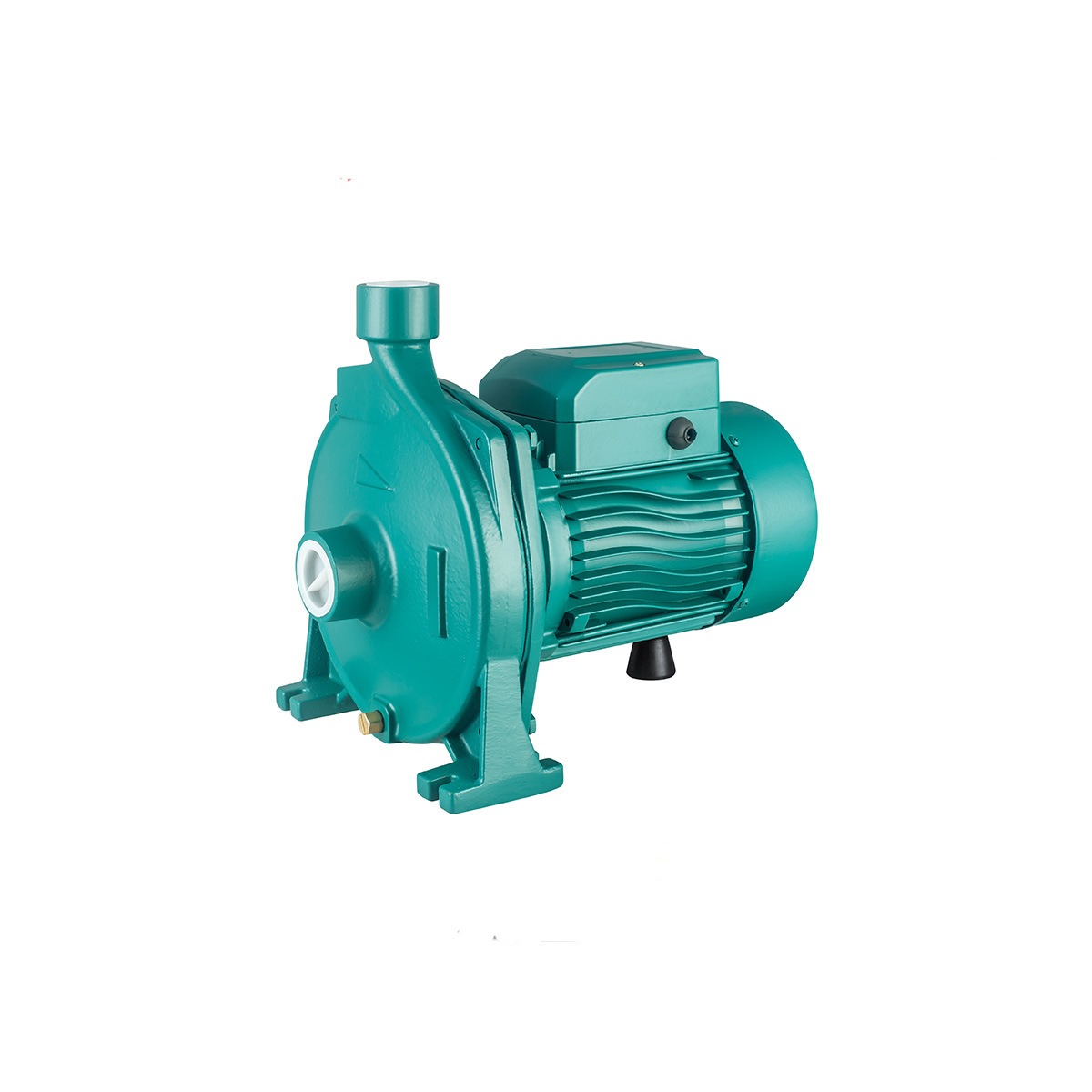

Articles
How Many Watts Does Water Pump Use
Modified: December 7, 2023
Learn how many watts a water pump uses in this informative article. Discover the energy consumption of water pumps and optimize your usage.
(Many of the links in this article redirect to a specific reviewed product. Your purchase of these products through affiliate links helps to generate commission for Storables.com, at no extra cost. Learn more)
Introduction
Water pumps are essential devices used to move water from one location to another. They find application in various industries, including agriculture, construction, and domestic settings. Understanding the power consumption of water pumps is crucial for selecting the right pump for the job and ensuring efficient operation.
In this article, we will delve into the basics of water pumps, explore the factors that affect their power consumption, discuss different types of water pumps and their power requirements, and provide tips on how to efficiently use and maintain them.
Whether you are a homeowner looking to install a water pump for your garden or a professional in need of a pump for an industrial project, this information will help you make informed decisions about power usage and optimize your pump’s performance.
Key Takeaways:
- Understanding the power consumption of water pumps is crucial for selecting the right pump, optimizing energy usage, and ensuring cost-effective operation in various industries and applications.
- Factors such as flow rate, head pressure, pump efficiency, and pump type significantly impact power consumption, making it essential to consider these elements when choosing a water pump for efficient and sustainable water pumping operations.
Read more: How Many Watts Does A Water Heater Use
Basics of Water Pumps
Water pumps are mechanical devices designed to move water from one place to another. They function by creating pressure and providing the necessary force to push water through pipes or hoses. Water pumps come in various types, each designed for specific applications.
One of the primary components of a water pump is the impeller. The impeller is a rotating device with blades that is responsible for creating suction and generating pressure within the pump. As the impeller spins, it creates a centrifugal force that draws water into the pump and propels it forward.
Another important feature of water pumps is the housing or casing. This component surrounds the impeller and directs the water flow. It ensures that the water is effectively pumped from the inlet to the outlet without leaks or obstructions.
Water pumps are powered by electric motors, gasoline engines, or diesel engines. Electric pumps are commonly used for small-scale applications such as household water supply, while gasoline and diesel pumps are preferred for larger-scale projects or situations where electricity is not readily available.
In addition to their primary function of moving water, some water pumps also have additional features. For example, submersible pumps are designed to be fully immersed in water and are often used for draining flooded areas or transferring water from one container to another.
Overall, water pumps play a crucial role in a wide range of industries and applications. Understanding their basic components and functions is essential for selecting the right pump for your needs and ensuring efficient water transfer.
Understanding Power Consumption
Power consumption is an important consideration when it comes to water pumps. It determines the amount of electrical or mechanical energy required to operate the pump and directly impacts the operational costs and efficiency of the pump system.
Power consumption is typically measured in watts, which represents the rate at which energy is used. The higher the wattage of a pump, the more power it consumes during operation. It’s essential to understand the power consumption of a water pump to ensure that the power supply can handle the load and that the pump is operating at its optimal capacity.
When selecting a water pump, it’s crucial to choose a pump with a power rating that meets the specific demands of the application. Using an overpowered pump may result in unnecessary energy consumption and increased costs, while an underpowered pump may lead to inadequate water flow and inefficient operation.
The power consumption of a water pump depends on several factors, including:
- Flow Rate: The rate at which water is pumped affects power consumption. Higher flow rates require more power to maintain consistent water pressure.
- Head Pressure: The vertical distance or height to which water is being pumped affects power consumption. Increasing the head pressure typically requires more power.
- Pump Efficiency: The efficiency of a water pump is a measure of how effectively it converts electrical or mechanical energy into water pressure. Higher-efficiency pumps generally consume less power.
- Pipe Size and Length: The diameter and length of the pipes used to transport water can affect power consumption. Smaller pipes and longer distances increase resistance and may require more power.
- Pump Speed: Some pumps offer variable speed settings, allowing the user to adjust the speed as needed. Lowering the pump speed can reduce power consumption, but it also affects the flow rate and head pressure.
It’s worth noting that power consumption also varies based on the specific design and technology of the pump. Different types of water pumps, such as centrifugal pumps, jet pumps, and submersible pumps, may have varying power requirements even when used for similar applications.
By understanding the factors that affect power consumption, you can choose the right water pump for your needs and optimize its operation to ensure energy efficiency and cost-effectiveness.
Factors Affecting Power Consumption
Several factors influence the power consumption of water pumps. Understanding these factors is key to optimizing power usage, improving efficiency, and reducing energy costs. Here are some of the key elements that affect the power consumption of water pumps:
- Flow Rate: The desired flow rate of water significantly impacts power consumption. Higher flow rates require more power to maintain the required pressure. It’s important to select a pump that can deliver the desired flow rate without excessive power usage.
- Head Pressure: Head pressure refers to the height or vertical distance that water needs to be lifted or pumped. The higher the head pressure, the more power is needed to overcome gravity and lift the water. It’s crucial to choose a pump that can handle the specific head pressure requirements of the application.
- Pump Efficiency: Pump efficiency plays a vital role in power consumption. An efficient pump can transfer more water with less power. When selecting a water pump, consider the pump’s efficiency rating and choose models with higher efficiency to minimize power usage.
- Pipe Diameter and Length: The diameter and length of the pipes used in the water distribution system affect power consumption. Larger diameter pipes can reduce friction and pressure loss, resulting in lower power demand. Similarly, shorter pipe lengths minimize the resistance and, therefore, reduce power requirements.
- Pump Size and Type: Different types of water pumps have varying power requirements. Centrifugal pumps, for example, generally consume less power compared to other types like positive displacement pumps. Choosing the right pump size and type for the specific application is essential to optimize power consumption.
- Pump Speed: The speed at which the pump operates affects power consumption. Adjusting the pump speed can help control the flow rate and pressure while minimizing power usage. Variable speed pumps allow for greater control over power consumption by adjusting the speed based on the requirements of the system.
- Operating Conditions: Factors such as temperature, altitude, humidity, and the quality of the water being pumped can also impact power consumption. It’s important to consider these environmental factors when selecting and operating the water pump.
By considering these factors and ensuring an optimal match between the pump’s capabilities and the specific requirements of the system, you can minimize power consumption, reduce energy costs, and achieve efficient water pumping operations.
When determining the wattage of a water pump, consider the pump’s flow rate and head pressure. Higher flow rates and head pressures typically require more watts to operate efficiently. Be sure to check the pump’s specifications for accurate wattage information.
Different Types of Water Pumps and Their Power Requirements
There are several types of water pumps available, each designed for specific applications. Let’s explore some of the common types of water pumps and their power requirements:
- Centrifugal Pumps: Centrifugal pumps are widely used in various industries and applications. They work by using an impeller to create centrifugal force, which pushes water outward, generating pressure and flow. Centrifugal pumps generally have moderate power requirements, with larger pumps requiring more power than smaller ones.
- Submersible Pumps: Submersible pumps are designed to be fully submerged in water and are commonly used for applications like groundwater pumping, well pumping, and wastewater drainage. These pumps are efficient and typically have higher power requirements due to their ability to handle large flow rates and higher head pressures.
- Jet Pumps: Jet pumps are versatile and often used for residential water supply systems. They operate by creating a vacuum that draws water from a well or other water source. Jet pumps come in two types: shallow well pumps and deep well pumps. Shallow well pumps generally have lower power requirements, while deep well pumps require more power to lift water from greater depths.
- Positive Displacement Pumps: Positive displacement pumps use mechanical means to displace and move water. They are commonly used for applications that require high pressure and precise fluid control. These pumps generally have higher power requirements due to their design and the need to overcome high resistance and maintain accurate fluid displacement.
- Solar-powered Pumps: As the name suggests, these pumps are powered by solar energy, making them an eco-friendly option for remote areas or locations without access to electricity. The power requirements of solar-powered pumps depend on factors such as the desired flow rate, head pressure, and the efficiency of the solar panels used.
It’s important to consider the power requirements of each type of water pump when selecting the right pump for your specific application. Additionally, factors such as the desired flow rate, head pressure, and pipe size should also be taken into account to ensure that the chosen pump can meet the demands of your system efficiently.
Consulting with a professional or referring to manufacturer specifications and guidelines can help you determine the appropriate power requirements for your water pump and ensure optimal performance.
Read more: How Many Watts Does A Freezer Use?
Calculating Power Consumption of a Water Pump
To calculate the power consumption of a water pump, you need to consider the specific characteristics of the pump and the operating conditions. The following steps will guide you through the process:
- Gather Information: Start by gathering the necessary information about the water pump, including the flow rate (Q) in liters per second or gallons per minute, the head pressure (H) in meters or feet, and the pump’s efficiency (η) as a decimal or percentage.
- Convert Units: If necessary, convert the flow rate and head pressure into consistent units. Ensure that both values are in the same unit, either metric or imperial.
- Calculate the Water Power (Pw): The water power is the amount of power required to move the water. It can be calculated using the formula: Pw = Q * H * ρ * g, where ρ is the density of the water (typically around 1000 kg/m³ or 62.4 lb/ft³) and g is the acceleration due to gravity (9.81 m/s² or 32.2 ft/s²).
- Convert Power into Watts: If the water power is not already in watts, convert it into watts by multiplying it with the appropriate conversion factor. For example, if the water power is in horsepower (hp), multiply it by 745.7 to convert it into watts.
- Calculate the Pump Power (Pp): The pump power is the power needed to operate the pump itself. It can be calculated using the formula: Pp = Pw / η, where η is the efficiency of the pump as a decimal.
- Round Up: Once you have obtained the pump power, round it up to the nearest whole number to get the power consumption of the water pump.
Keep in mind that this calculation provides an estimation of the power consumption. Actual power consumption may vary depending on factors such as operating conditions, variations in system efficiency, and other factors specific to the pump and installation.
Calculating the power consumption helps you determine the energy requirements of the water pump and choose the appropriate power supply. It also allows you to evaluate the energy efficiency of the pump and explore ways to optimize its power usage for cost savings and operational efficiency.
Tips for Efficiently Using and Maintaining Water Pumps
Efficient use and regular maintenance of water pumps are essential for prolonging their lifespan, optimizing performance, and reducing energy consumption. Here are some valuable tips to help you get the most out of your water pump:
1. Proper Sizing: Ensure that the pump is sized correctly for the intended application. Undersized pumps may struggle to meet the demand, leading to increased energy consumption, while oversized pumps may waste energy and result in inefficient operation. Consult with a professional to determine the appropriate pump size for your specific needs.
2. Optimal Usage: Use the water pump only when necessary and avoid running it continuously. Unnecessary operation can lead to higher energy consumption and additional wear and tear on the pump. Consider using timers or automated systems to control pump operation and avoid running it during off-peak hours.
3. Regular Maintenance: Establish a maintenance schedule to inspect and service the pump at regular intervals. This includes cleaning or replacing filters, checking for leaks or damage, lubricating moving parts, and ensuring proper alignment. Regular maintenance enhances the efficiency and reliability of the pump.
4. Proper Installation: Ensure that the pump is installed correctly according to the manufacturer’s guidelines. Improper installation can lead to increased energy consumption, reduced performance, and potential damage to the pump. Follow the recommended piping and electrical connections to ensure optimal operation.
5. Check for Leaks: Inspect the pump and associated pipes regularly for any leaks. Leaks not only waste water but also put additional strain on the pump, leading to increased power usage and potential damage. Repair or replace any damaged components promptly to prevent further issues.
6. Monitor Pressure: Install pressure gauges at the inlet and outlet of the pump to monitor the system’s pressure. Operating within the recommended pressure range ensures efficient performance and helps identify any issues or changes in the system that could impact power consumption.
7. Consider Variable Speed Drives: If compatible with your pump system, consider using variable speed drives (VSDs) to control pump speed. VSDs allow you to adjust the pump’s speed based on demand, reducing power consumption during periods of low flow or pressure requirements.
8. Keep Intake Clear: Ensure that the intake area of the pump is clear of debris, leaves, or other obstructions. A blocked intake can restrict water flow, causing the pump to use more energy to maintain the desired flow rate. Regularly clean and maintain the intake area to prevent clogging and optimize pump efficiency.
9. Monitor Power Consumption: Keep track of the pump’s power consumption using a watt meter or power monitor. Monitoring power usage allows you to identify any abnormal trends or sudden increases in energy consumption, indicating potential issues that require attention.
10. Educate Operators: Provide proper training and education to those who operate the water pump. Ensuring that operators understand the correct usage, maintenance procedures, and potential energy-saving practices can greatly contribute to efficient and effective pump operation.
By following these tips, you can significantly improve the efficiency and performance of your water pump, reduce energy consumption, and lower overall operating costs. Regular maintenance, monitoring, and informed usage will help maximize the lifespan and reliability of your pump while minimizing environmental impact.
Conclusion
Water pumps play a vital role in various industries and applications, allowing for the efficient movement of water from one location to another. Understanding power consumption is crucial for selecting the right pump, optimizing energy usage, and ensuring cost-effective operation.
In this article, we explored the basics of water pumps, including their components and functions. We discussed the factors that affect power consumption, such as flow rate, head pressure, pump efficiency, pipe size, and pump speed. It is important to consider these factors when choosing a water pump to ensure it meets the specific requirements of the application while minimizing energy usage.
We also delved into different types of water pumps, ranging from centrifugal pumps to submersible pumps and jet pumps to positive displacement pumps. Each type has its own power requirements, and selecting the appropriate pump for a given application is crucial to ensuring efficient operation and energy utilization.
Calculating power consumption is another important aspect we covered. By gathering the necessary information and using the appropriate formulas, you can estimate the power requirements of your water pump, assisting in selecting the right power supply and optimizing energy usage.
Lastly, we provided valuable tips for efficiently using and maintaining water pumps. Proper sizing, optimal usage, regular maintenance, and monitoring power consumption are among the recommended practices to ensure efficient performance, prolong the lifespan of the pump, and reduce energy costs.
By applying these principles and understanding the factors involved in power consumption, you can make informed decisions when it comes to selecting, using, and maintaining water pumps. Ultimately, this will result in cost savings, improved efficiency, and sustainable water pumping operations.
Remember, efficient water pump usage not only benefits your wallet but also contributes to a greener and more sustainable future by conserving energy and minimizing environmental impact.
Frequently Asked Questions about How Many Watts Does Water Pump Use
Was this page helpful?
At Storables.com, we guarantee accurate and reliable information. Our content, validated by Expert Board Contributors, is crafted following stringent Editorial Policies. We're committed to providing you with well-researched, expert-backed insights for all your informational needs.
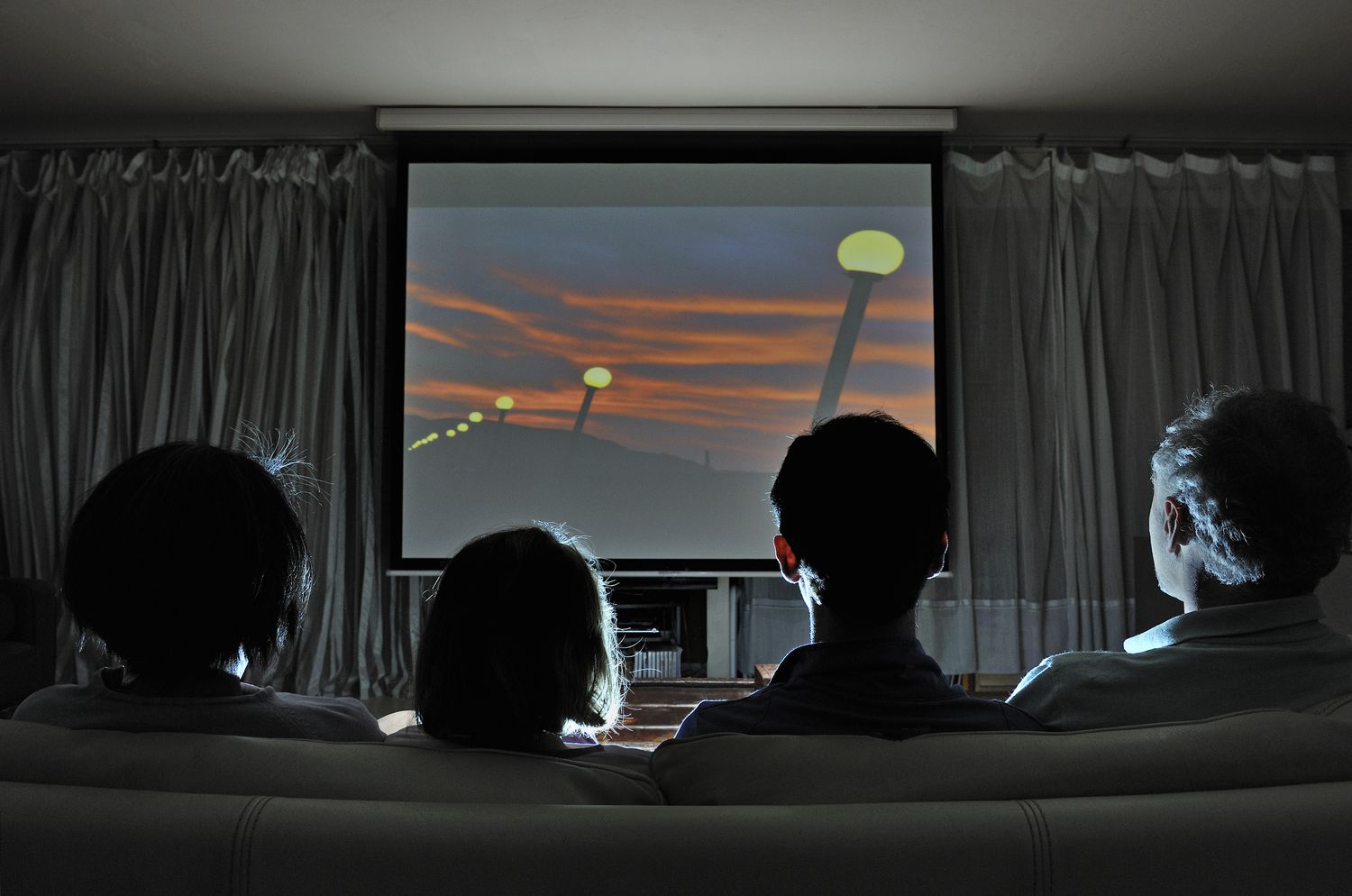

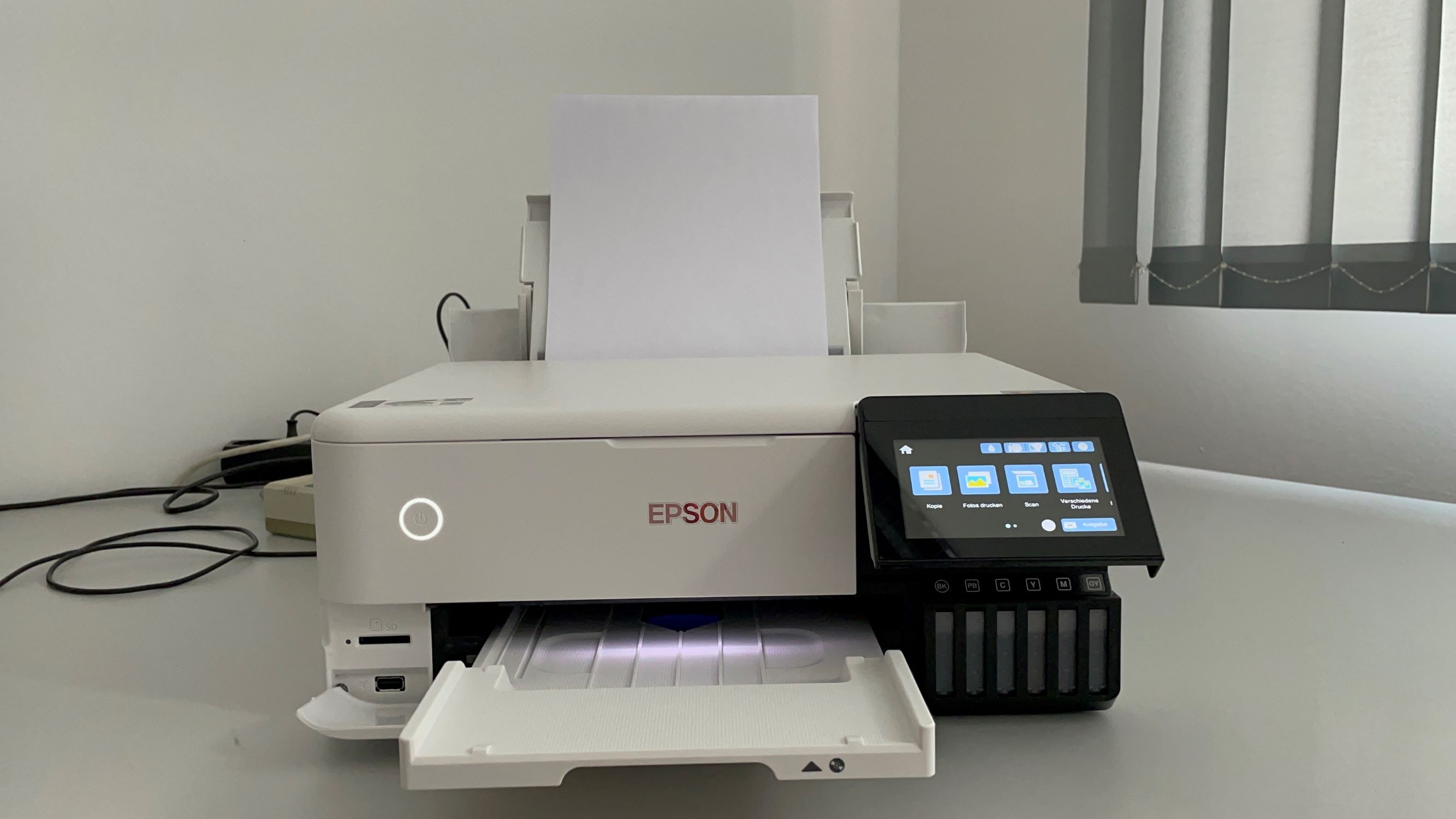
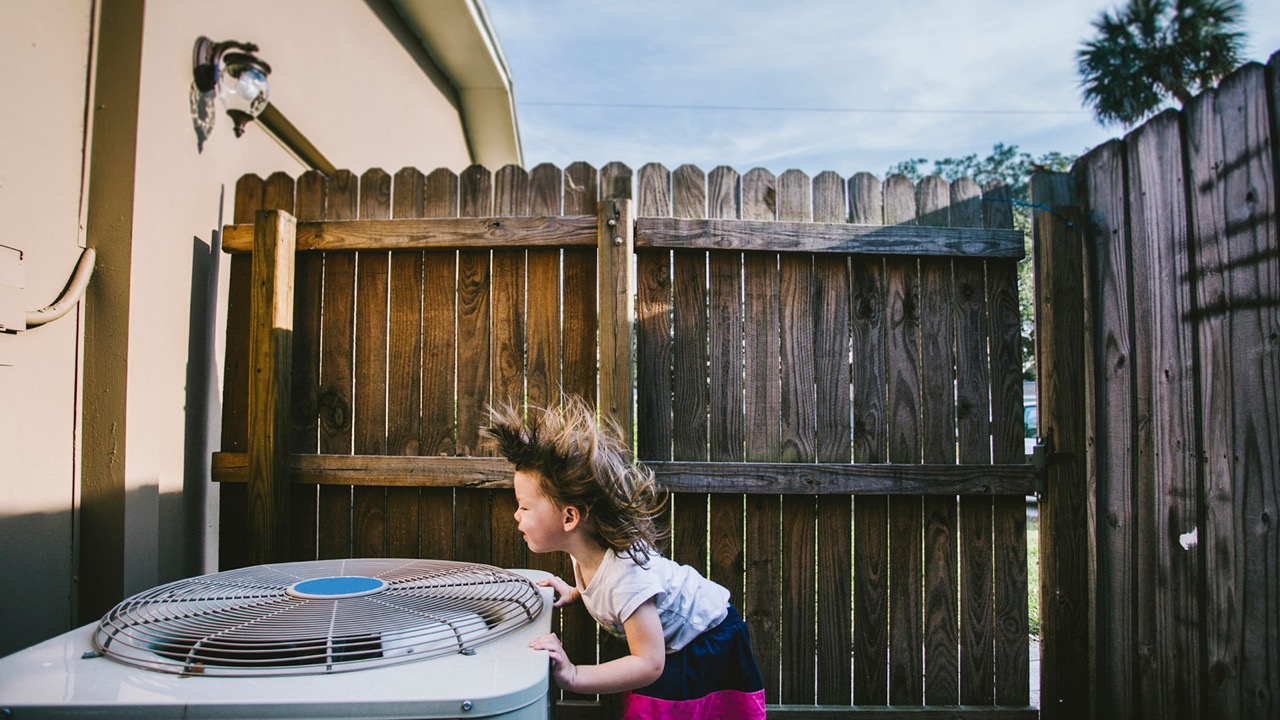
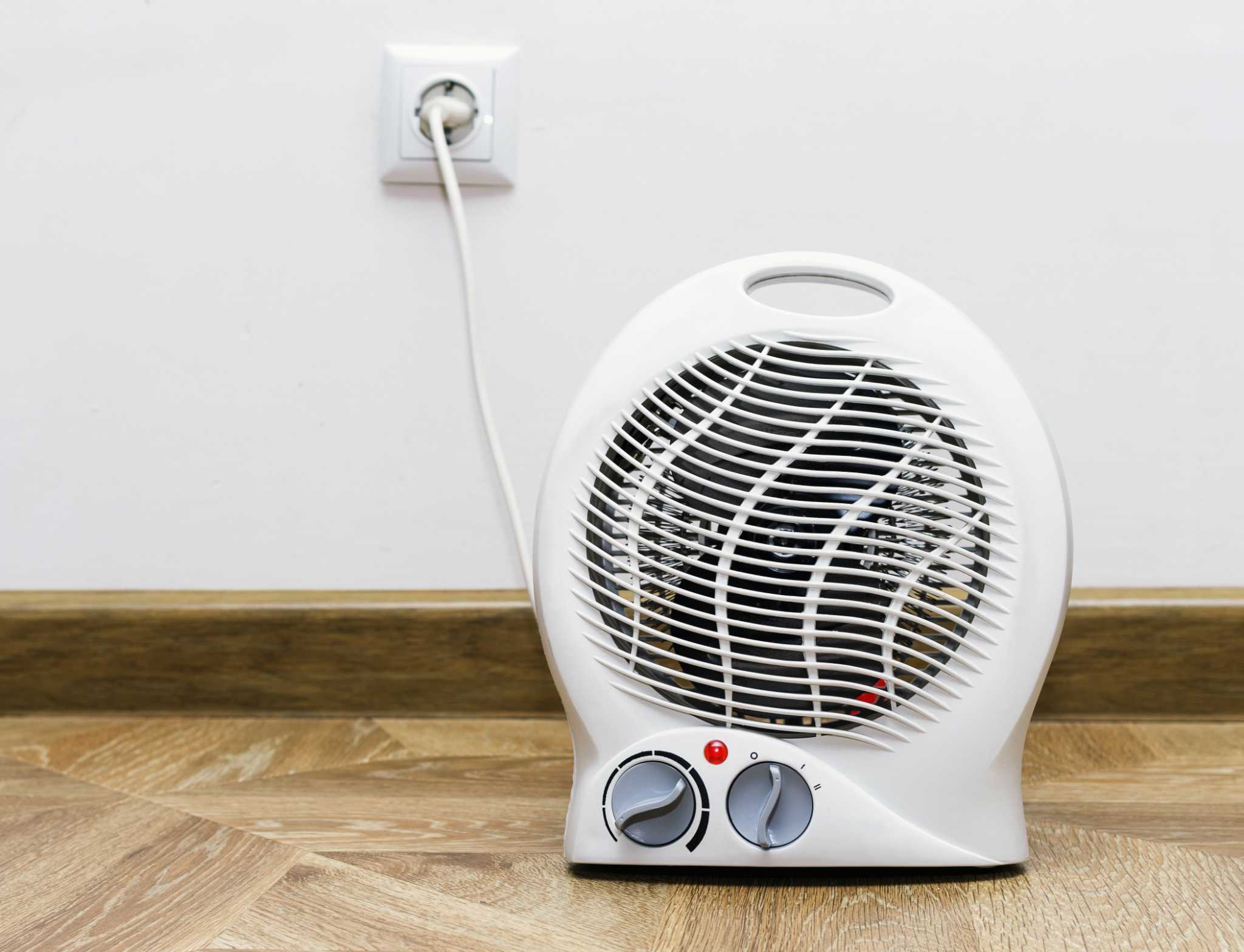
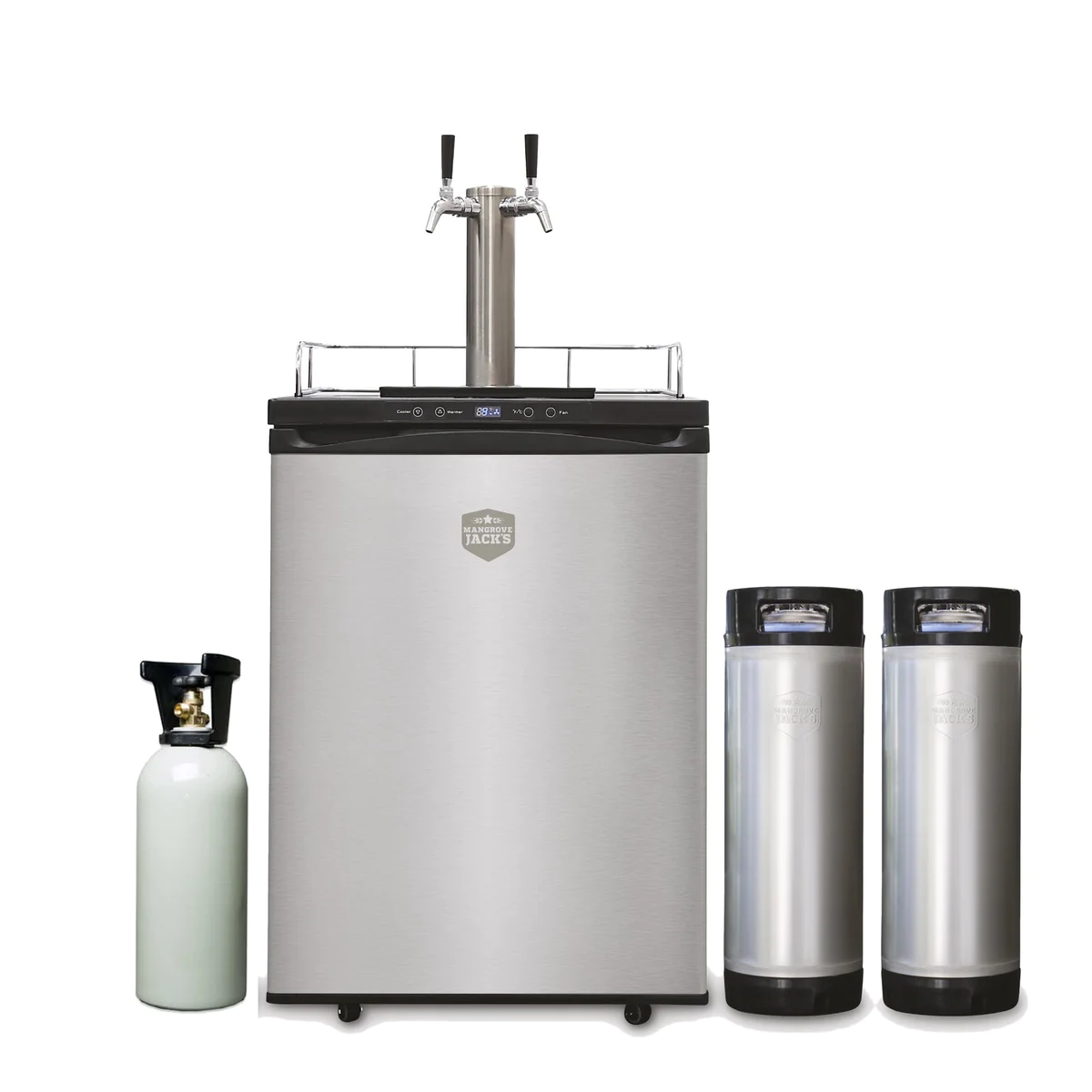
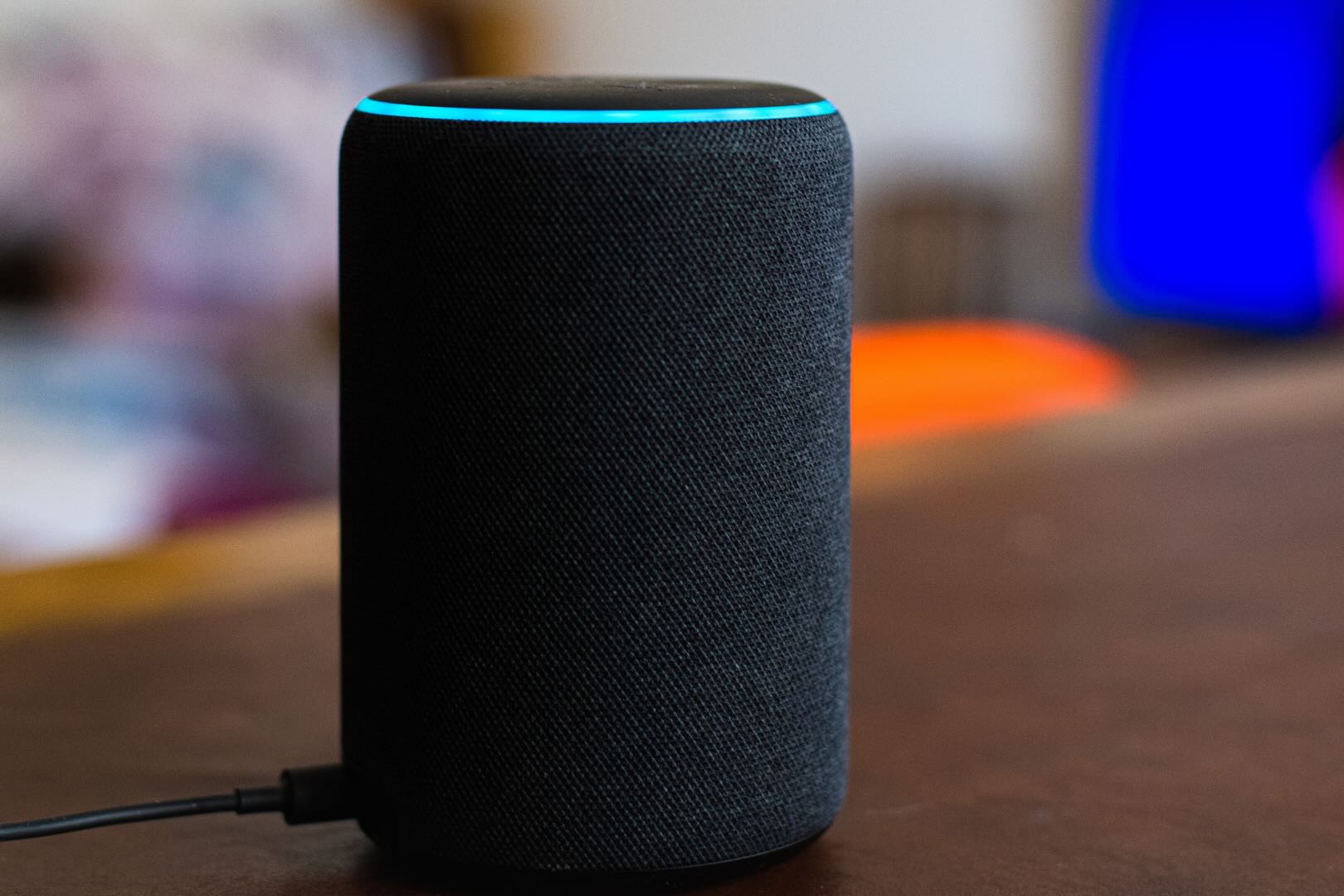
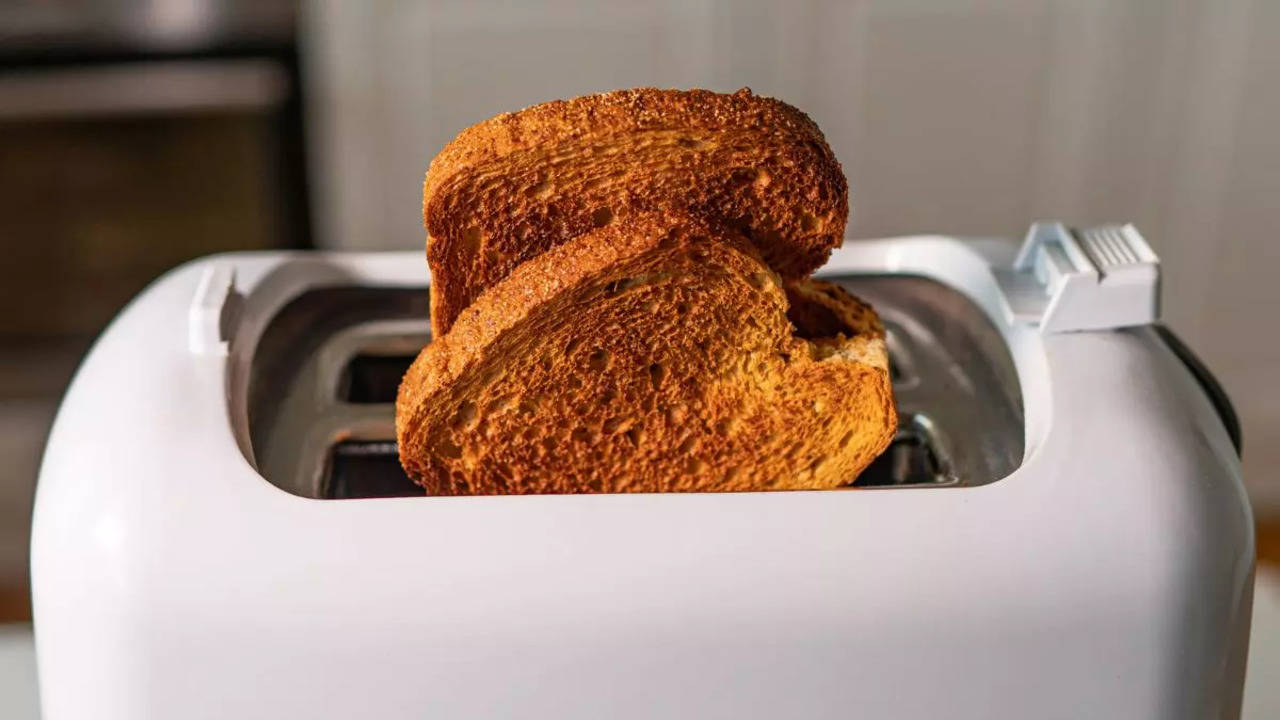
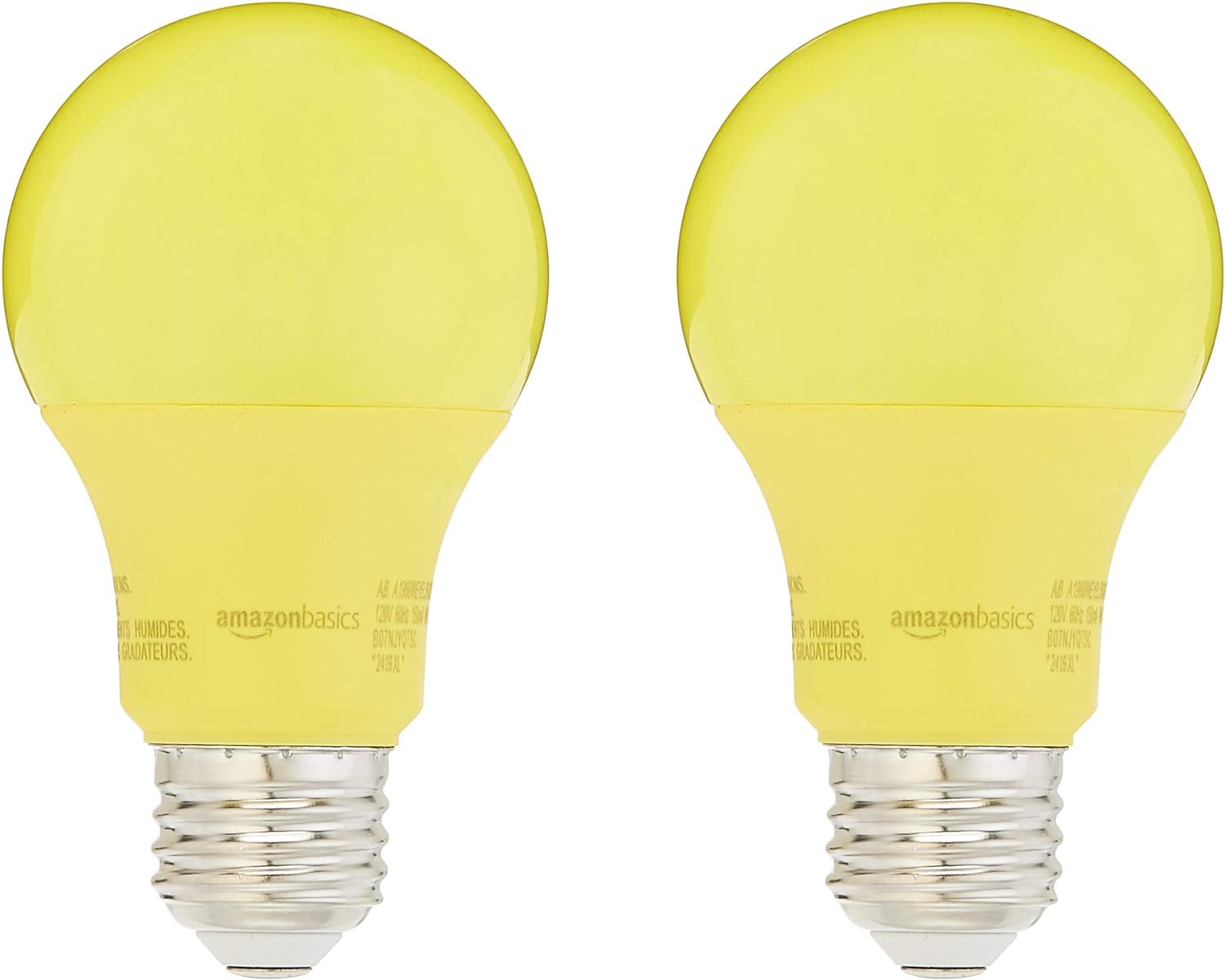
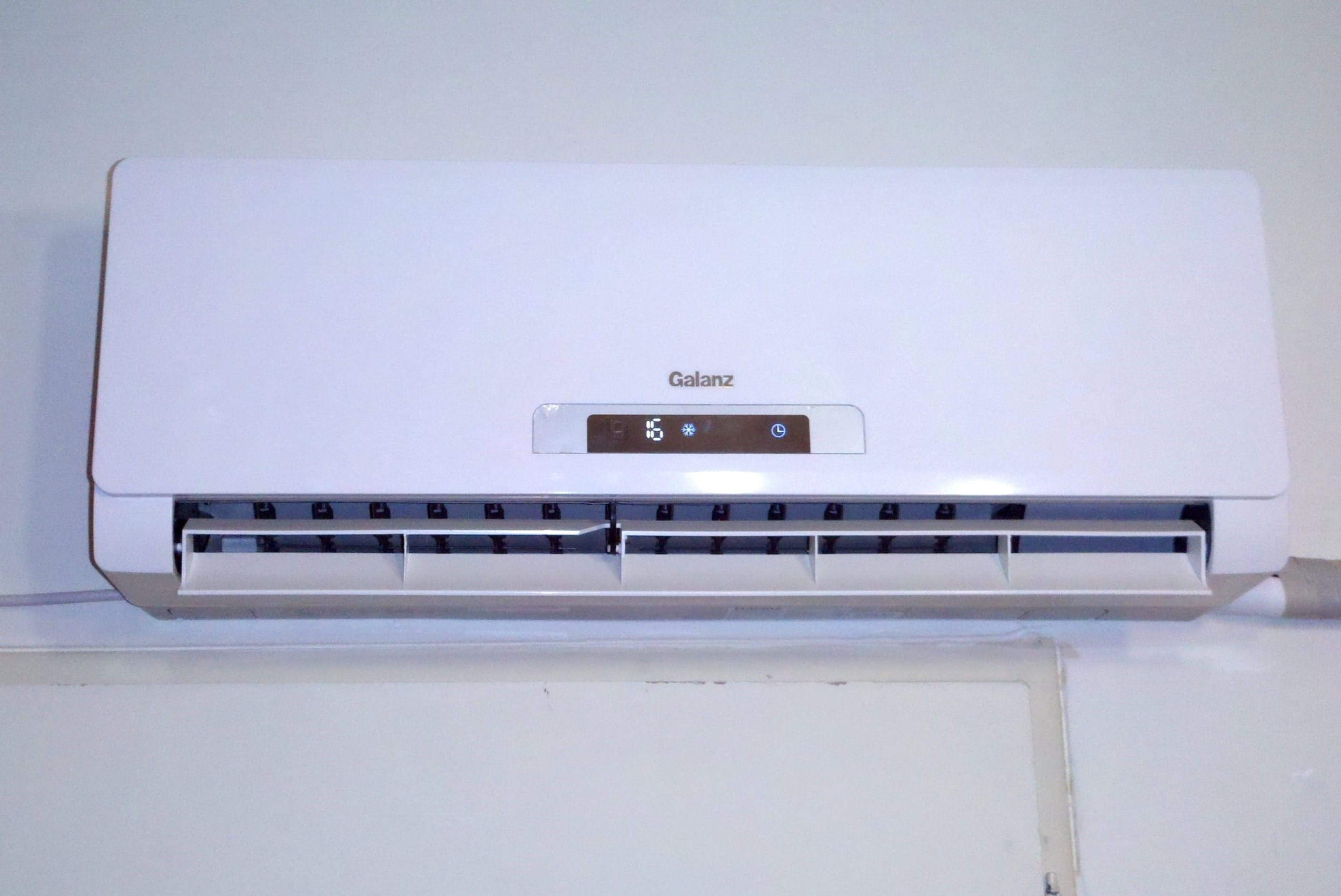
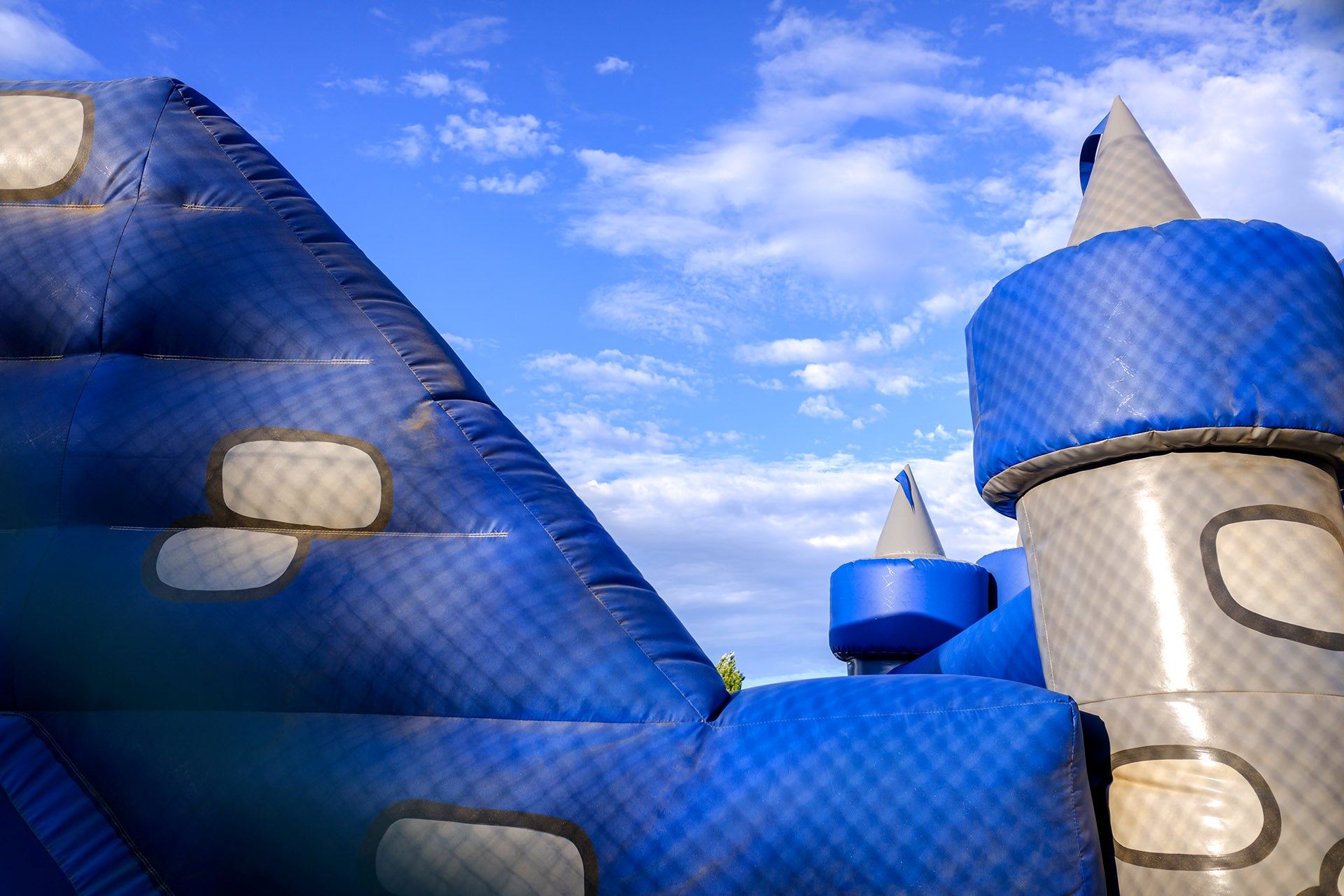
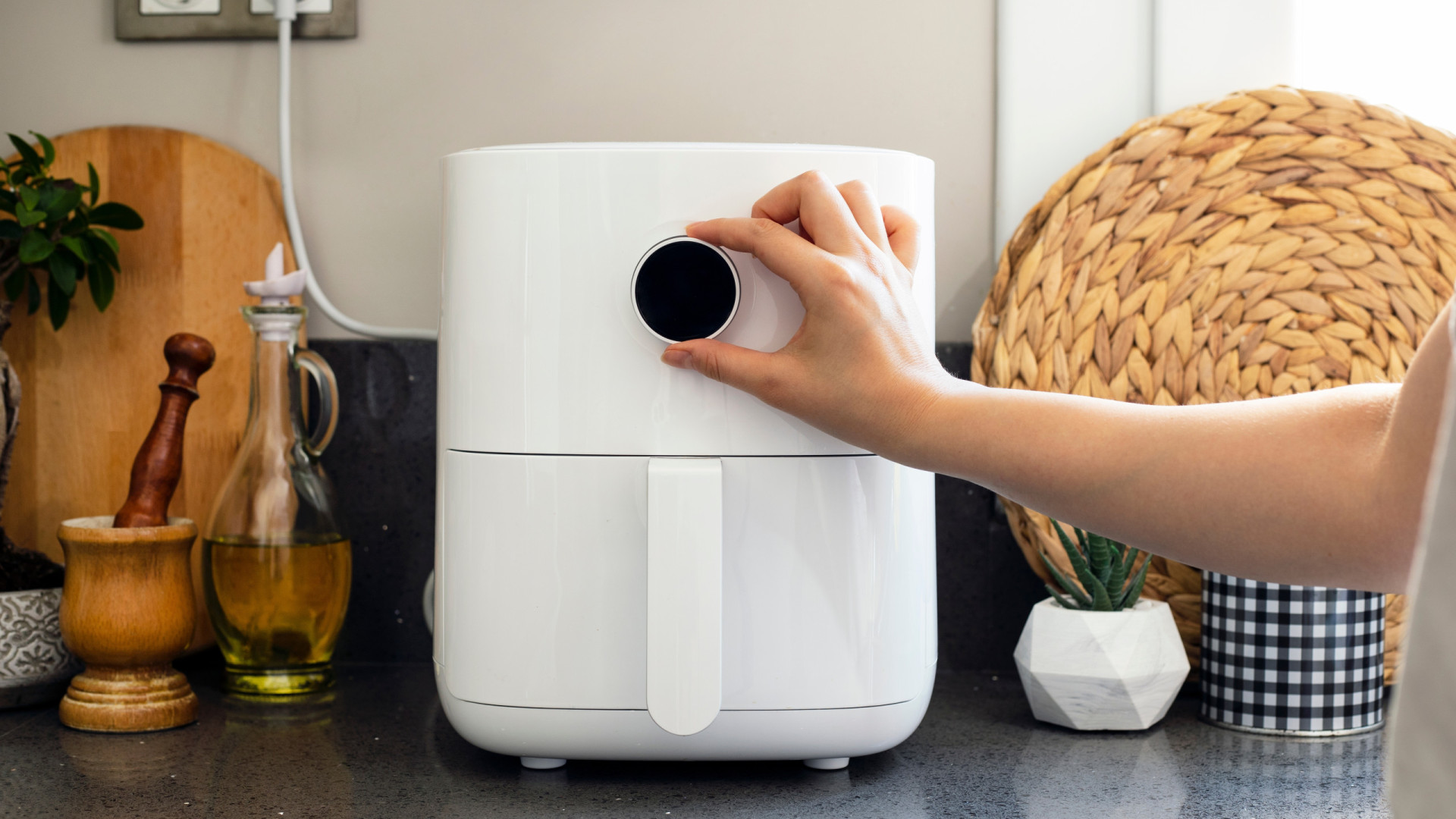
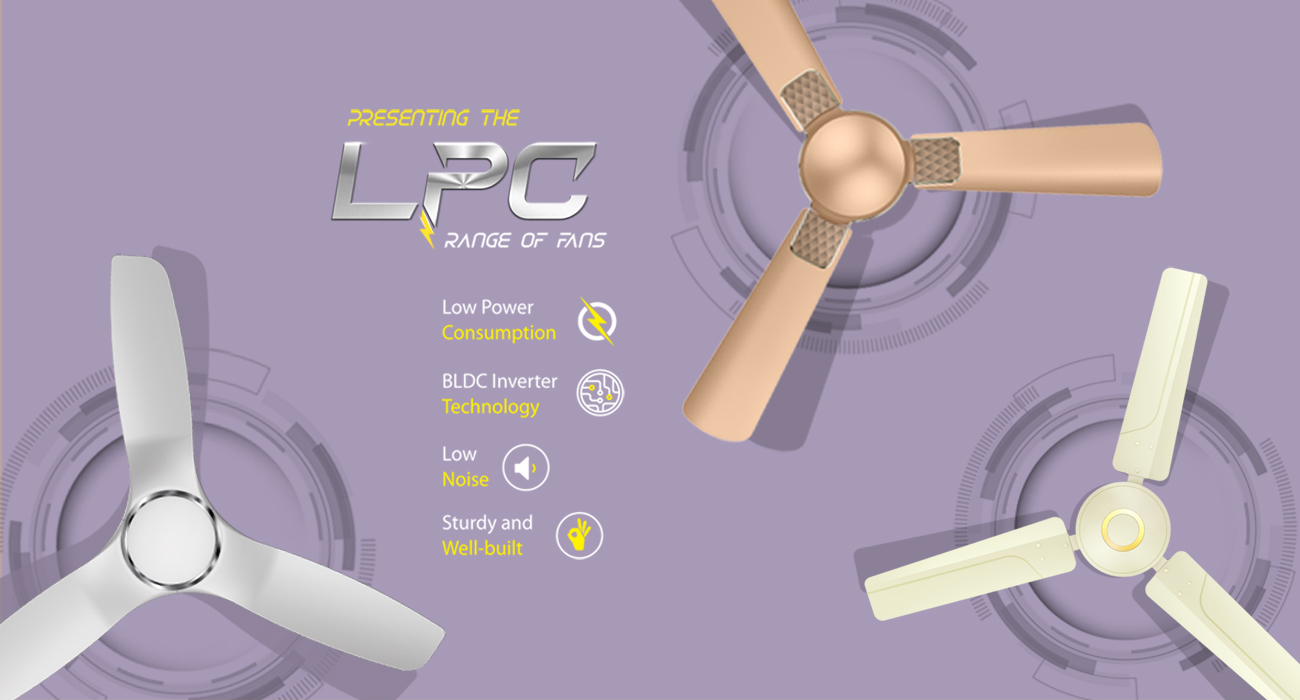
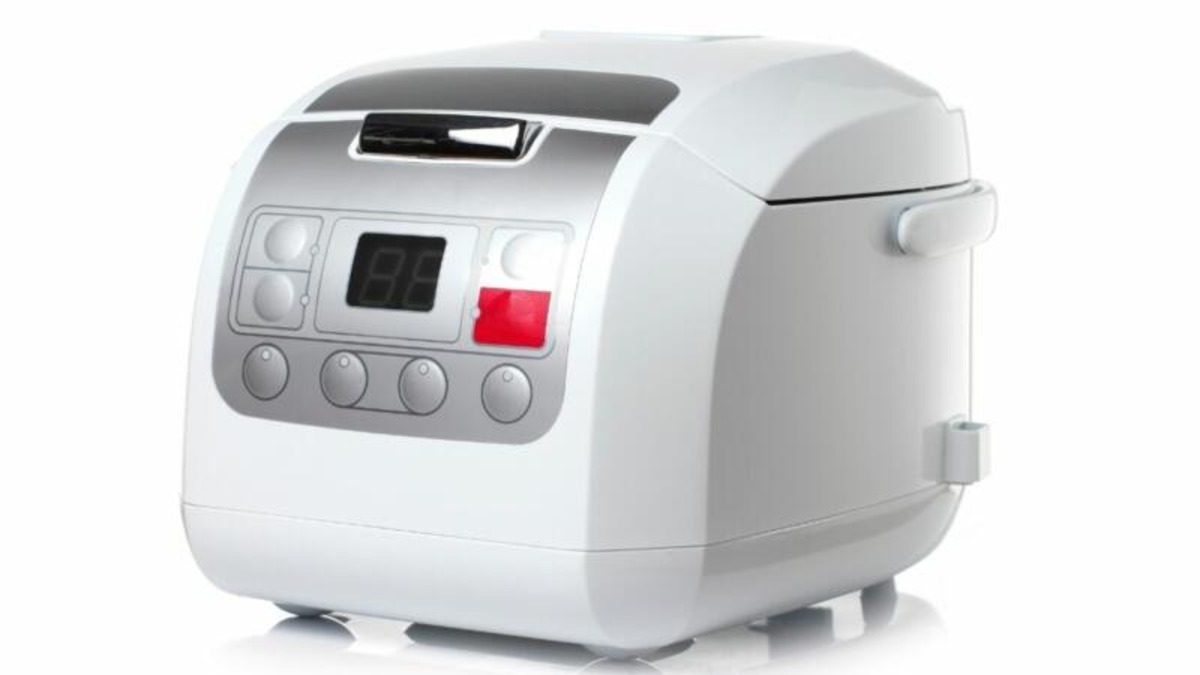

0 thoughts on “How Many Watts Does Water Pump Use”